Motorola has finally taken a step up in the post-iPhone smartphone battlefield–about two years too late. Verizon began airing TV ads in October for Motorola’s new “Droid,” offering up a variety of things “Droid does” to set it apart in the crowded smartphone market. “Droid” is actually a series of Verizon phones, although so far only the flagship model has been released.
Debuting on November 6th across the US, the first Droid incarnation met with success, selling 250,000 phones in the first week. This is a fraction of the 1.6 million iPhone 3GS units sold during its first weekend; however, Droid has become the fastest-selling Android phone released in the US to date, and Verizon expects to sell over a million by the end of 2009.
Droid features a large touch screen in addition to a physical keyboard, 5-megapixel camera (with flash), and Google’s Android 2.0 OS. Droid is the first phone to use the new Android 2.0, a highly polished and functional mobile OS which offers some compelling advantages over other smartphones–“open development” and “simultaneous apps” are highlighted in the ads.
At $199 (with a Verizon commitment), Verizon is likely seeking to directly compete with Apple’s iPhone, and also with other Android phones on the market (T-Mobile’s MyTouch 3G). They have a very good offer in the Droid–having used it, I can attest to its easily being the best Android phone for sale right now.
The best part of the Droid is its OS. The Android 2.0 software is highly refined, very fast, and works perfectly with the phone’s hardware. iPhone users will agree that a spot of occasional–sometimes frequent–lag is not uncommon, especially when switching between apps. Android 2.0 seems to handle such tasks much more easily, and is extremely easy to navigate with Droid’s huge touch screen. For fans of digital keyboards, Android 2.0 has one that operates in both portrait and landscape modes with excellent feel and accuracy; if you prefer a physical keyboard, Droid has one also, although I found it significantly less accurate than the Blackberry’s–with the main navigation buttons situated next to the screen, though, you can opt to never use the keyboard without losing any functionality.
One of my favorite things about Droid is the hardware itself. It is really the first impressive phone Motorola has produced since its Razr back in 2004. Compared to the fragile, always-at-risk-of-shattering iPhone, Droid feels heavy, solid, and robust–even with the huge front display and sliding mechanism, I don’t feel like this phone would be easy to break. Overall Droid is a finely crafted device, with several small UI features like vibrating feedback from pressing buttons, that make using it enjoyable.
The only complaint I have is the thickness of the phone–it’s a bit of a brick, and somewhat less sleek than other phones; I’d like to see a thinner Droid without the physical keyboard. Android’s app selection (boasting some 10,000 apps, which is a lot, but nothing compared to Apple’s 100,000) also leaves something to be desired, although I’m sure the selection will expand as phones like Droid gain popularity.
Admittedly, I expected little from this phone–Verizon typically offers subpar hardware and has an edge in service; but, with a surprising success for Motorola and Google’s Android software, I fully expect this and future Droid models (which will hopefully revise the keyboard) to grow into a lasting brand with significant following.




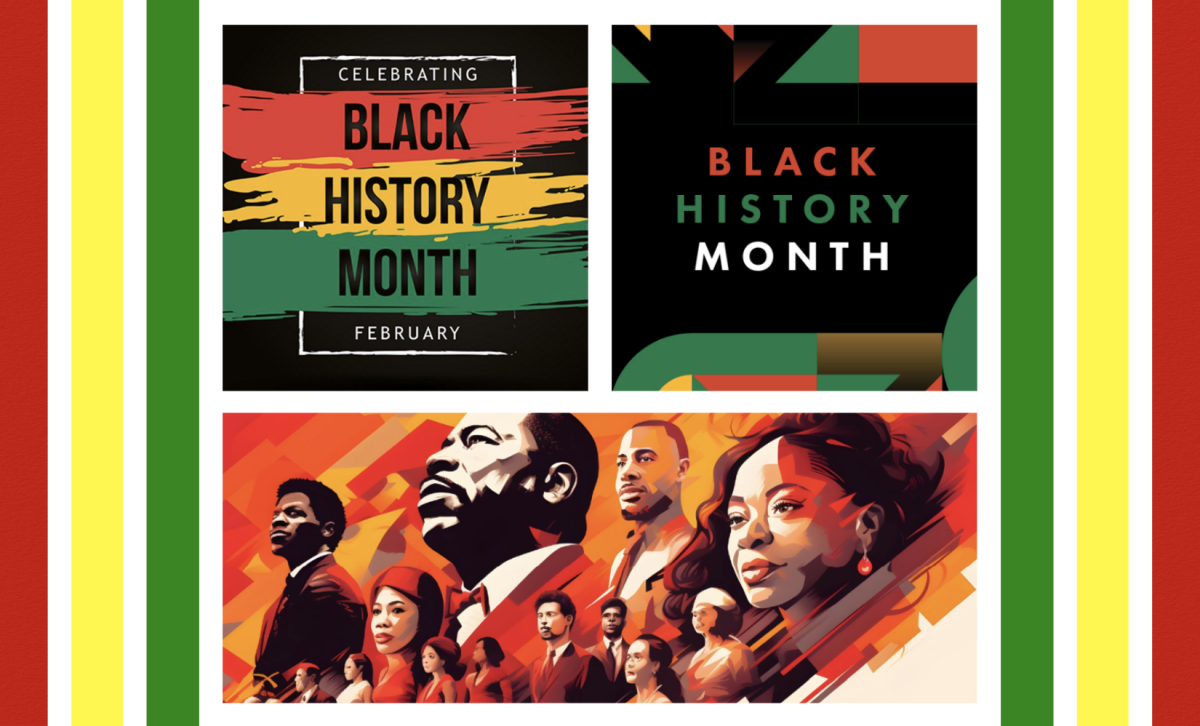










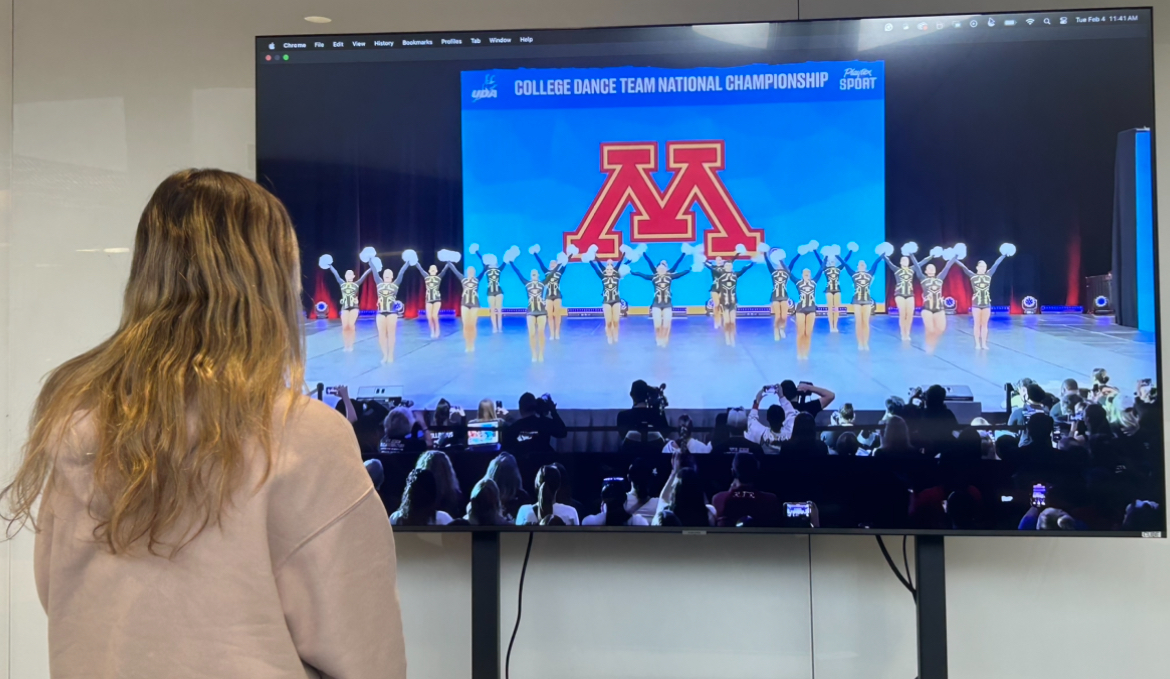







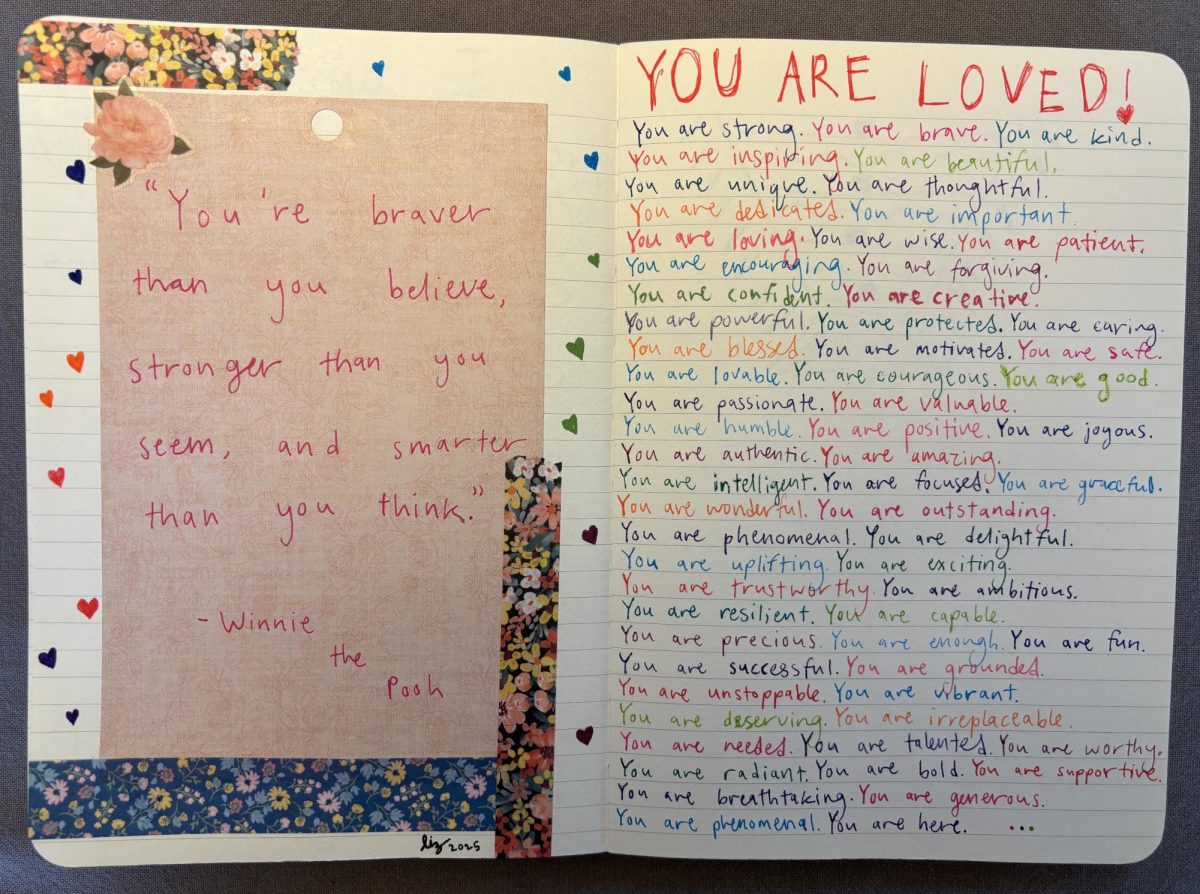
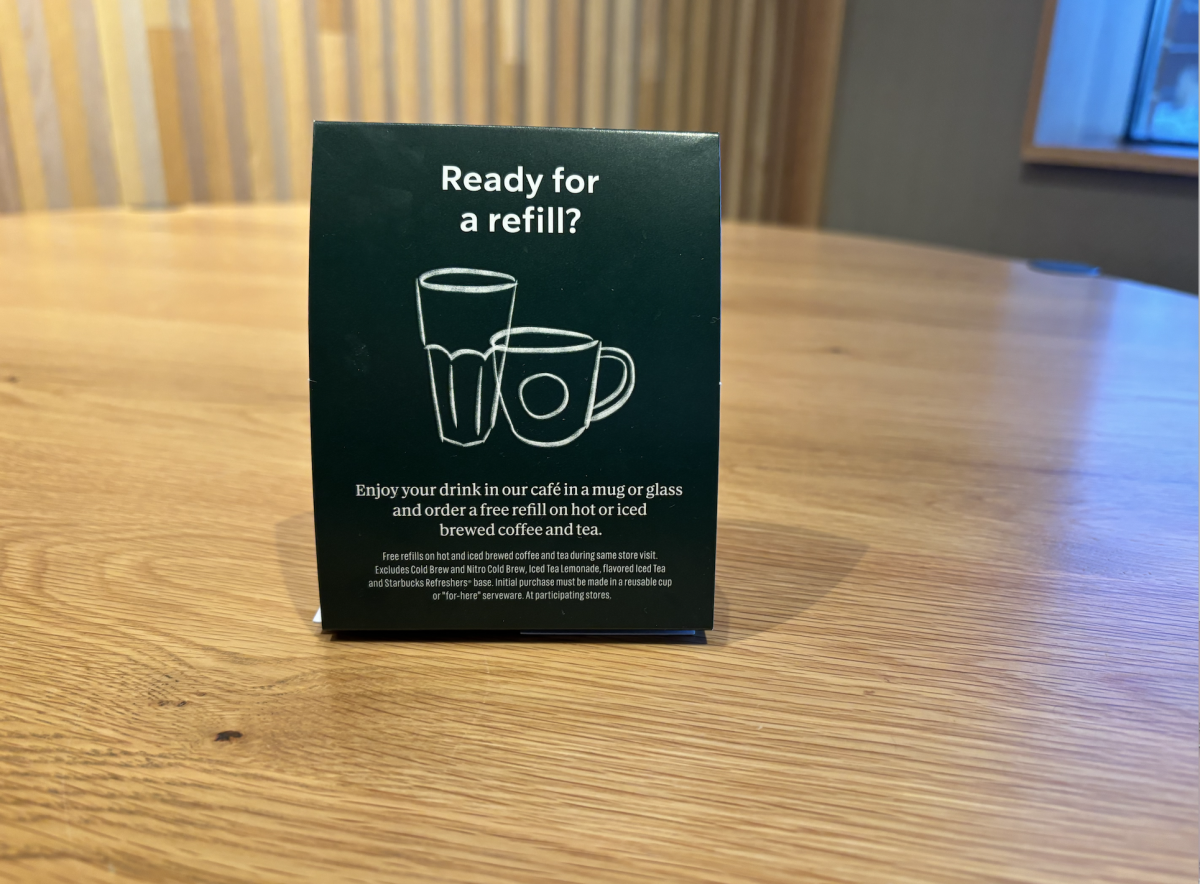
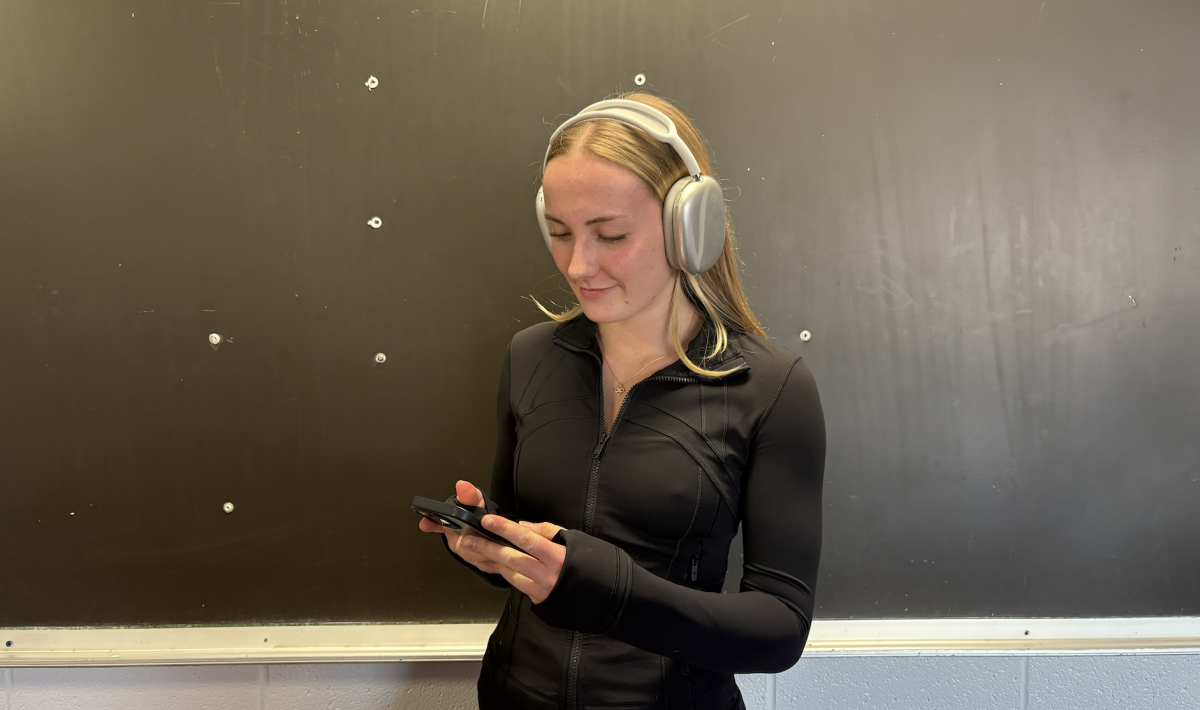

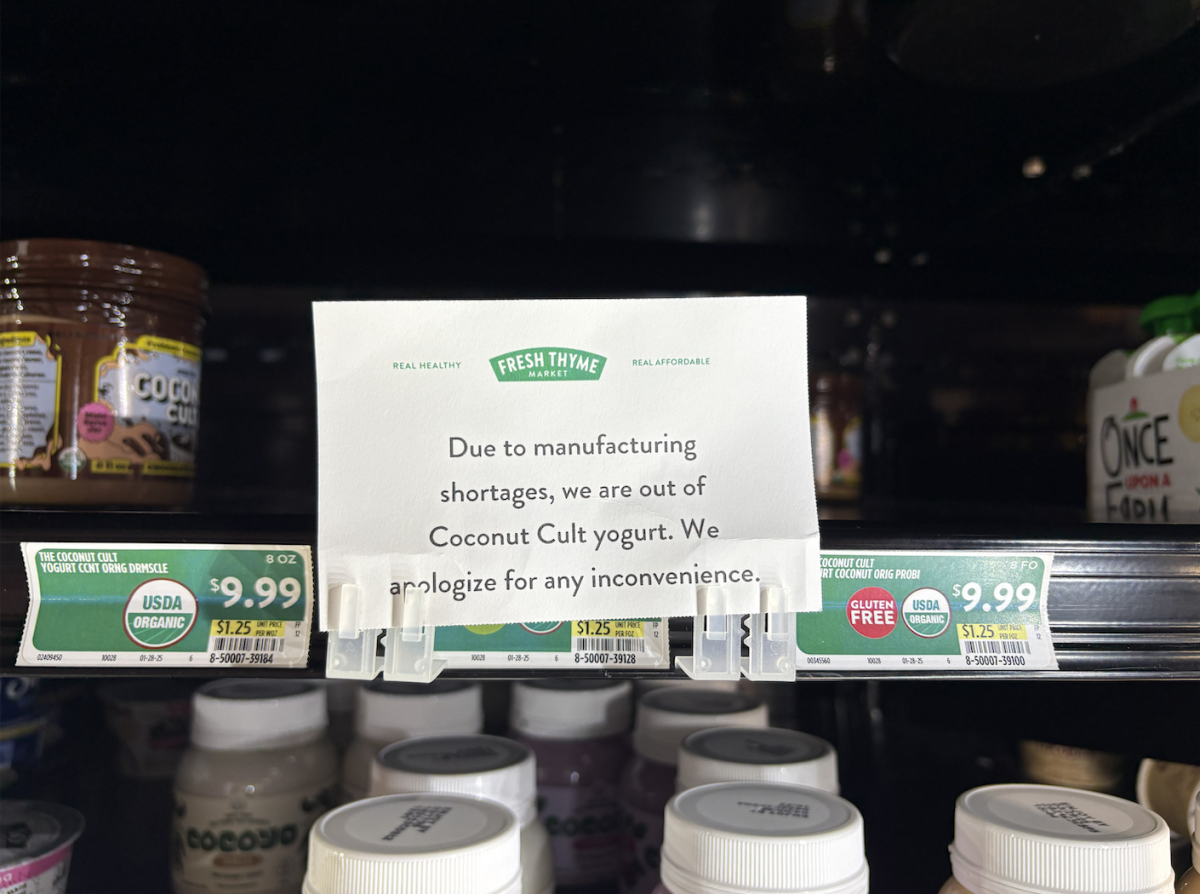








![Teacher Lore: Mr. Henderson [Podcast]](https://bsmknighterrant.org/wp-content/uploads/2025/03/teacherlorelogo-1200x685.png)





